Recently I sat down for a conversation with Kathleen Kaminsky, MS, RN, NE-BC. Kathleen is the Senior Vice President, Patient Care Services and Chief Nursing Officer for Englewood Health in New Jersey.
Rhonda Williams: Kathleen, thank you for sitting down with me today.
Kathleen Kaminsky: Thank you, Rhonda. It’s my pleasure.
Q: Kathleen, can you share a bit about your leadership journey at Englewood Health? It looks like you’ve had quite the impressive tenure here.
Kathleen Kaminsky: I’ve been with Englewood Health for 39 years. I started as a unit secretary prior to becoming a nurse. I began to advance and served as the Chief Quality Officer for nearly 20 years. Around 2015, I stepped in as Interim Chief Nursing Officer for under a year before returning to focus on population health and quality. In 2018, I officially became the Chief Nursing Officer, and quality remains a part of my focus.
When I transitioned into the CNO role, I immediately recognized challenges and opportunities for growth, particularly vacancies in critical specialties like the emergency department, ICU, and operating rooms. One of my first priorities was establishing support programs for new graduates, such as an emergency department residency program. We started with critical care and expanded to areas like the ED and L&D. This was all happening just as the healthcare system faced unprecedented strain, which significantly influenced the early-career experiences of new nurses. Many had more simulation-based training and fewer live patient interactions. After the health crisis, we faced retirements and turnover, but we’ve remained focused on developing excellent nursing professionals and fostering stability in our units.
Q: You mentioned developing a pipeline for nurses and new graduates. What specific initiatives have you implemented?
Kathleen Kaminsky: We’ve taken a multifaceted approach. For example, we added PCAs (Patient Care Associates) and BSN students. We encourage team members in other roles—like transporters—to pursue nursing. Tuition reimbursement has been critical in this effort.
We were also fortunate to receive a $10 million philanthropic gift from the Kaplen Foundation and its president, Maggie Kaplen in March 2020 dedicated to nursing, which allowed us to establish the Kaplen Institute for Nursing Excellence. The institute provides scholarships, supports professional development, and fosters innovation. This framework has been pivotal in our goal of developing a sustainable nursing pipeline and ensuring ongoing nursing excellence.
Rhonda Y. Williams: Your dedication to creating a structured pipeline for nursing talent is commendable and speaks to the importance of intentional leadership. It sounds like The Kaplen Institute not only addresses immediate staffing needs but also invests in the long-term development of future leaders in nursing.
Q: Generational differences are a growing focus in workplaces today. Many workplaces have four or five generations working together. How have you seen this play out across your team?
Kathleen Kaminsky: Generational differences have certainly shaped how we work. I’m from the last cohort of Baby Boomers, a generation known for its commitment to staying with one organization for decades. Today’s workforce is different. Many younger nurses prioritize work-life balance, flexibility, and career mobility.
We’ve responded. For example, we have moved to 12-hour shifts for most units because that’s what our staff wanted. We’ve also embraced flexible schedules, allowing nurse managers to choose between four 10-hour shifts or five 8-hour shifts. This has been well-received and helps accommodate varying needs.
However, this shift has changed team dynamics and continuity of care. If a nurse only works three days a week, they might not see the same patients or colleagues consistently, which impacts relationship-building and team cohesion.
To address this, we invested in mentoring programs. We encourage senior nurses to mentor newer staff. One of our units even partners with academic institutions, allowing nurses to mentor students who may later join the team. Having you join us for this presentation on intergenerational communication is also in alignment with our goal of fostering open communication across generations. It is critical and fosters a more connected, collaborative environment.
Rhonda Y. Williams: Generational differences aren’t just about work preferences; they shape how individuals communicate and collaborate. Training on generational understanding along with tools like DiSC personality profile assessments can help teams understand these differences and foster stronger relationships by identifying both generational and individual behavioral tendencies.
Q: Leadership development is a critical element of a healthy workforce. Can you share a little about your processes for managing this?
Kathleen Kaminsky: When I stepped into this role in late 2018, we identified a huge opportunity to revamp our leadership development processes, particularly for nurse managers. At that time, the structure of the program was still evolving, and the orientation process had room to better align with the needs of our workforce. We rebuilt it using the American Organization for Nursing Leadership competencies and framework, focusing on creating a more structured and intentional approach.
While the health crisis disrupted our progress for several years, we’ve recently started revisiting and enhancing these efforts. One area we’ve recognized as critical is providing consistent orientation—not just relying on preceptors but addressing knowledge gaps like operational rules and foundational processes.
Our workforce also takes advantage of development programs offered by Human Resources through the Englewood Academy’s Leadership Development Institute. These programs are designed to meet team members at different stages of their careers. Each session is carefully crafted to provide valuable insights and practical tools that align with the individual’s role and experience level.
Rhonda Y. Williams: Thank you for sharing that with us. Development of leaders is never an event, but instead it is a process. In our work at Thunderbird Leadership Consulting, we know how important that is, and we help organizations understand their leaders and teams at a deeper level using assessments. We firmly believe once you truly understand who they are as people, then we can enhance relationships, communication and overall workplace morale and productivity. Effective leadership development must address three key groups: new leaders, experienced leaders who need ongoing growth, and newly promoted leaders who may feel overwhelmed. Structured programs that include mentorship and continuous training are essential for building a resilient leadership team.
Q: Many nursing leaders are actively engaged in the practices you’ve shared here with us and I’m sure they’ll find value in what you have shared. Can you briefly speak to leadership burnout and what you are seeing on your team. It’s such an important topic for today’s workforce dynamics.
Kathleen Kaminsky: I think having flexibility, work life balance and fostering a healthy work environment are essential to reducing the risk of burnout in our leaders.
All team members have access to wellbeing resources. For instance, we have a Team Wellness Primary Care Access Center designed exclusively for Englewood Health employees and their immediate adult family members. Englewood Health offers confidential mental and emotional health resources to our team members.
Available services are visible on our employee portal, promoted during employee wellness fairs, and we have presentations and information that goes out regularly for the team. Leaders are educated to ensure that if team members express a need or would benefit from referral to team wellness services, those referrals are made.
Rhonda Y. Williams: Thank you, Kathy. Just as each organization is unique, challenges around stress and burnout are similar but different. I appreciate hearing about Englewood’s comprehensive approach.
Q: What’s your vision for the future of leadership at Englewood Health?
Kathleen Kaminsky: My hope is to see our leaders continue building their skill sets and toolkits. It’s essential to provide nurse managers with the resources and support they need to succeed. Succession planning is also critical. By focusing on strategy and mentorship, we can prepare our leaders to navigate the evolving challenges of healthcare.
I also want our team to feel like they have work-life balance. That’s important because it was something they asked for.
Finally, I want to thank my executive team. I have a lot of support to lead in the way that is best for our team.
Rhonda Y. Williams: It’s not easy leading a dynamic healthcare workforce today. Thank you for recognizing the importance of flexibility and strategic development so you team can provide the best possible care to patients, families and each other.
I realize you are incredibly busy, and I thank you so much for your time today.
Final Thoughts
This conversation with Kathleen Kaminsky highlights the importance of intentional leadership, adaptability, and continuous development in today’s healthcare environment. From addressing generational differences to creating structured leadership pipelines, Englewood Health’s initiatives serve as a backdrop for the evolving needs healthcare teams experience today. For leaders across industries, the lessons shared here are universally applicable: understand your people, invest in their development, and adapt to meet their evolving needs. That is a recipe for success.

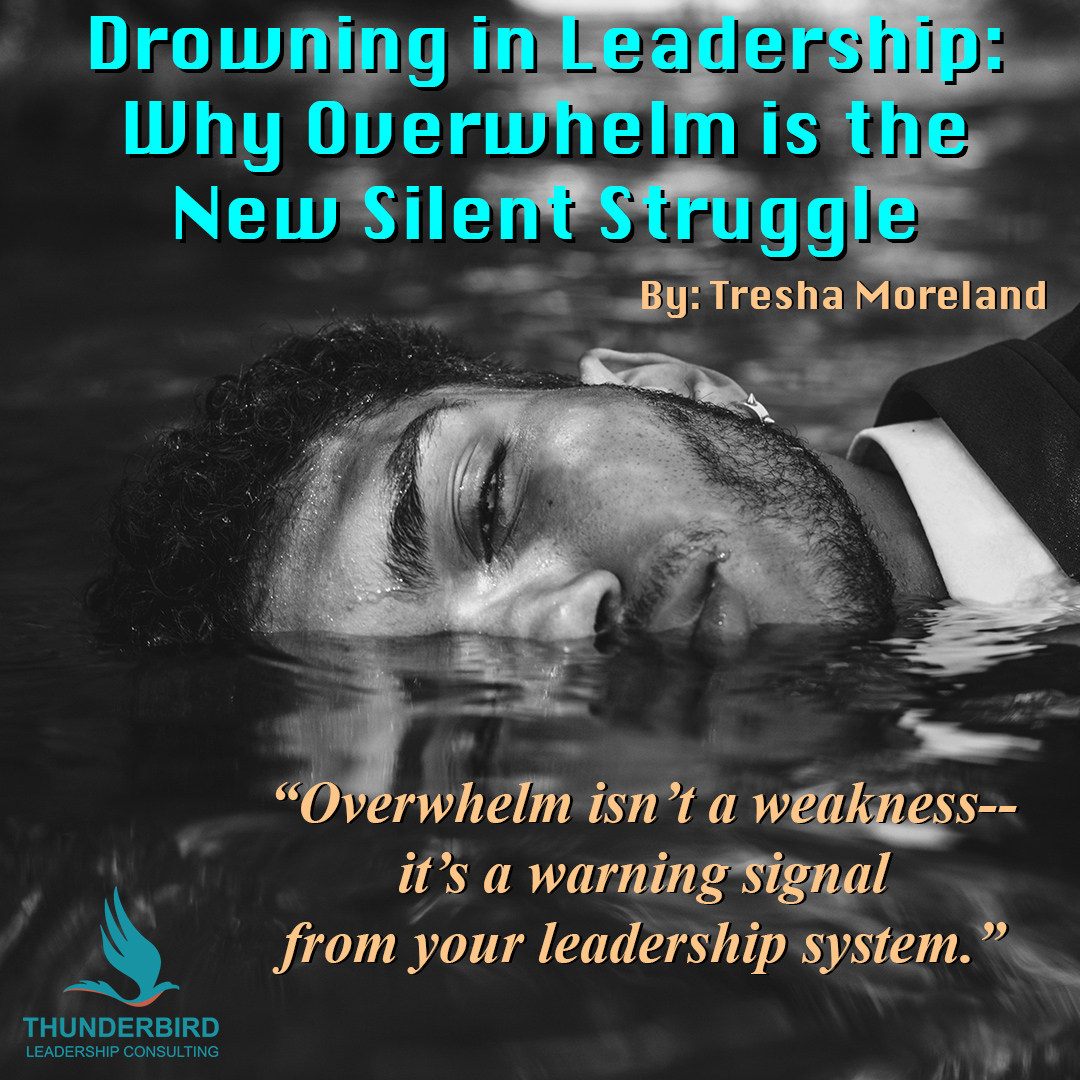
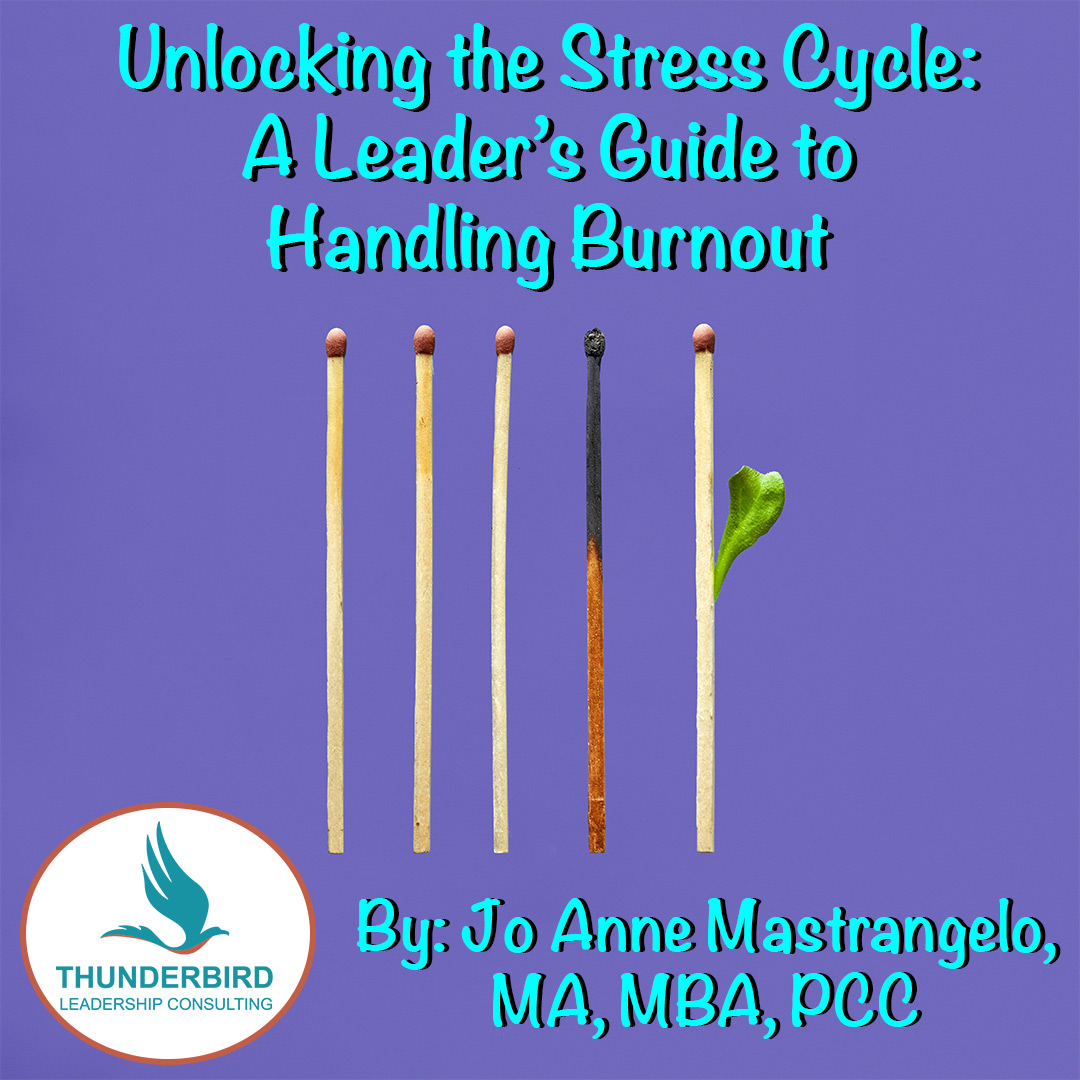



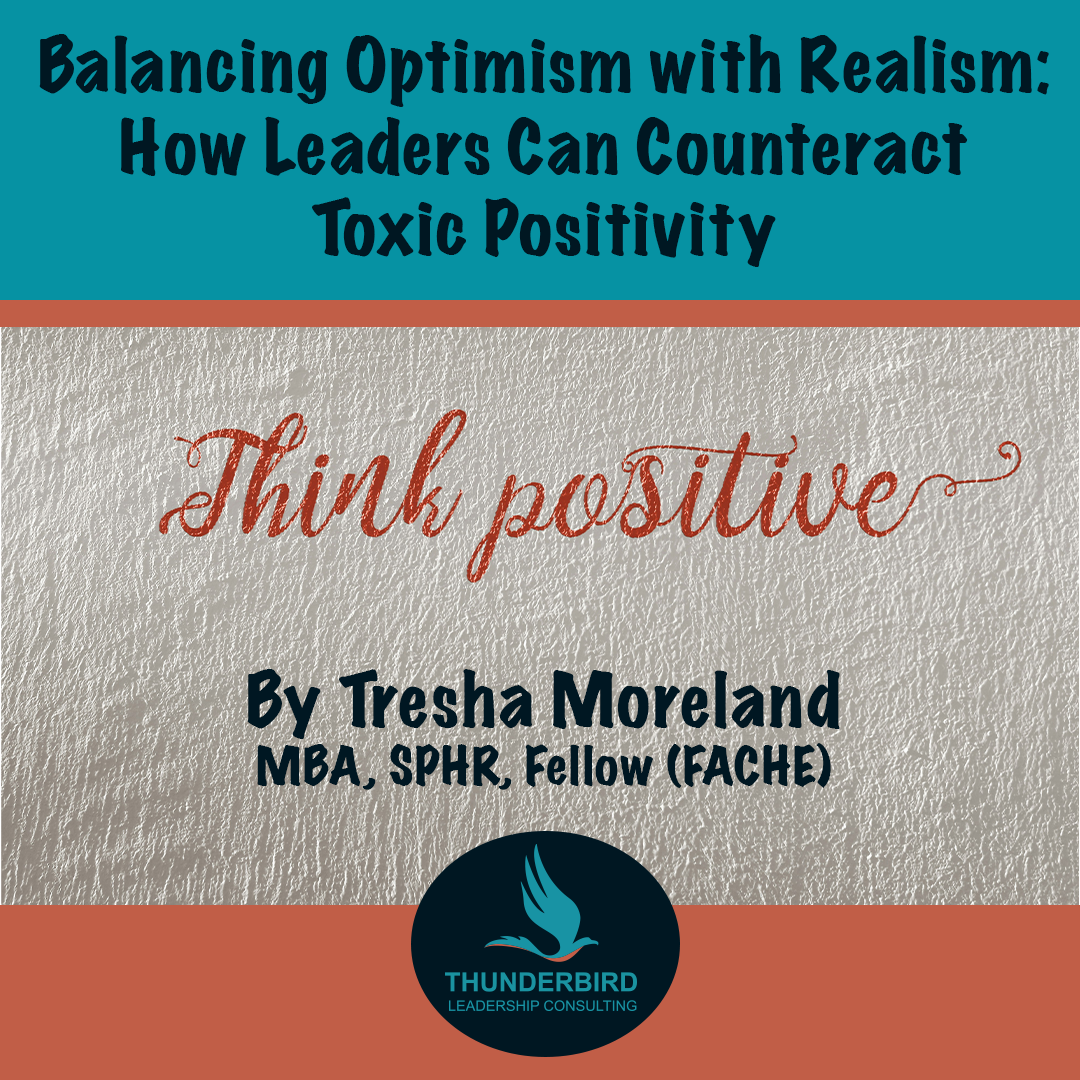


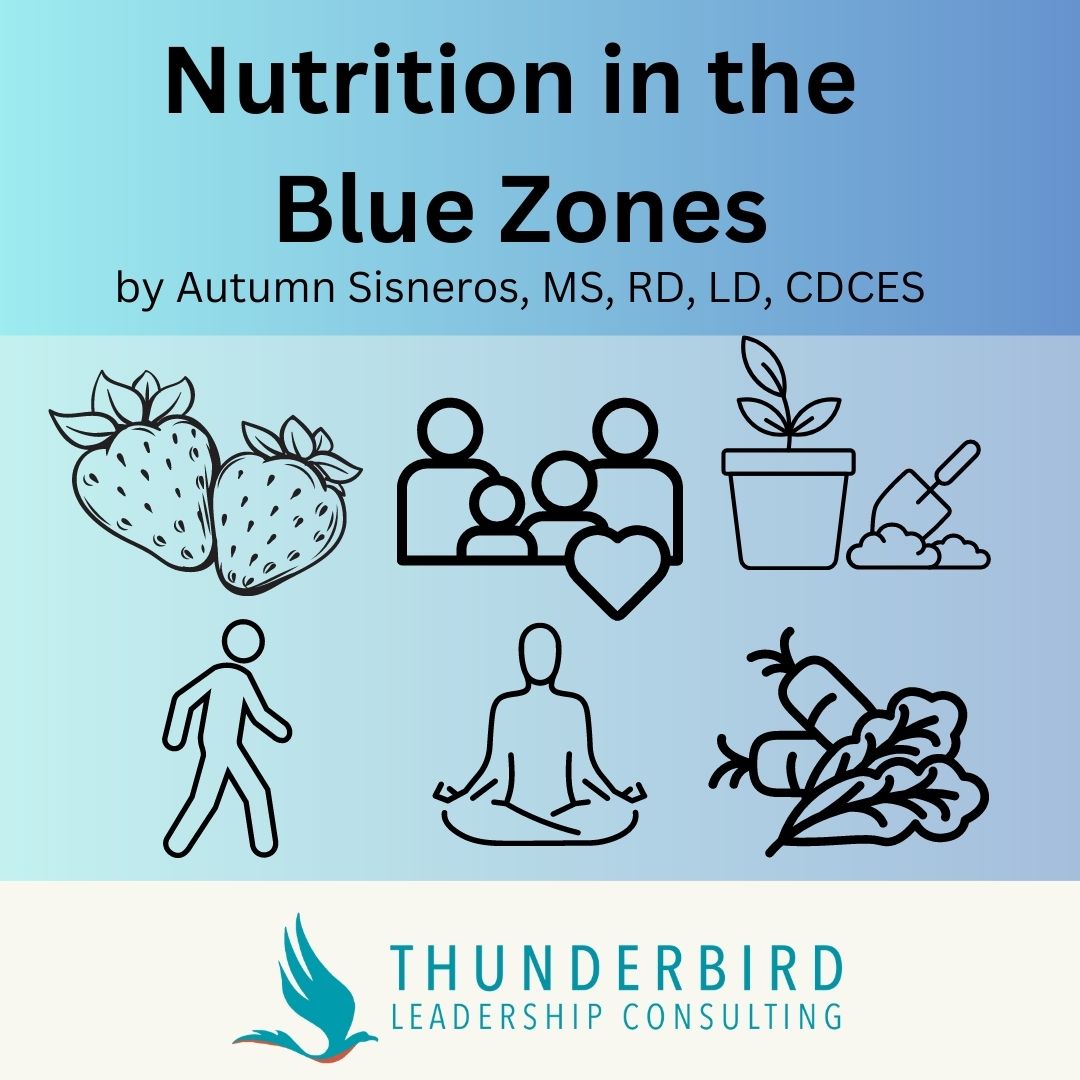

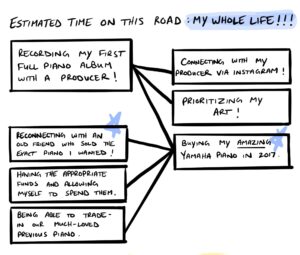 I spent a lot of time with this analogy. I thought about what it meant to view my life as a winding road. I thought about all the events of my life that I am grateful for, and I began to notice the twisted roads that led me to them. Of course life is not a straightforward path! There are reasons for this, and here are a few I’ve learned from my experience since then.
I spent a lot of time with this analogy. I thought about what it meant to view my life as a winding road. I thought about all the events of my life that I am grateful for, and I began to notice the twisted roads that led me to them. Of course life is not a straightforward path! There are reasons for this, and here are a few I’ve learned from my experience since then.